Michaelmas Daisy, New England Aster, New York Aster, or Sapphire Aster-botanically known as Symphyotrichum novi-belgii-is a perennial wildflower from the family Asteraceae. Native to eastern Canada and the northeastern United States, this plant thrives in the region’s temperate climate. Its species name, novi-belgii, traces back to the colonial-era name for New York, “New Belgium.”
Widely cultivated in gardens, this vibrant aster is prized for its ability to brighten late summer and autumn landscapes with colorful blooms. It not only adds beauty but also serves as a valuable resource for pollinators, drawing birds and butterflies to its flowers.
| Common name | Michaelmas Daisy, New England Aster, New York Aster, Sapphire Aster |
| Botanical name | Symphyotrichum novi-belgii |
| Family | Asteraceae |
| Species | novi-belgii |
| Origin | E. Canada to NE. U.S.A. |
| Life cycle | Perennial |
| Plant type | Herbaceous Perennial |
| Hardiness zone | 4, 5, 6, 7, 8 |
| Sunlight | Full Sun |
| Maintenance | Low |
| Soil condition | Clay |
| Soil ph | Acid |
| Drainage | Well-Drained |
| Spacing | 12 in. – 3 ft. |
| Harvest time | Fall |
| Flowering period | Fall |
| Height | 3 ft. – 5 ft. |
| Flower color | Gold, Yellow |
| Leaf color | Green |
| Stem color | Green |
| Fruit type | Achene |
| Flower benefit | Showy |
| Garden style | Butterfly Garden |
| Uses | Lawn |
I. Appearance and Characteristics
Symphyotrichum novi-belgii (formerly Aster novi-belgii), commonly called New York aster, is a species of flowering plant. It is the type species for Symphyotrichum, a genus in the family Asteraceae, whose species were once considered to be part of the genus Aster. Plants in both these genera are popularly known as Michaelmas daisy because they bloom around September 29, St. Michael’s Day.
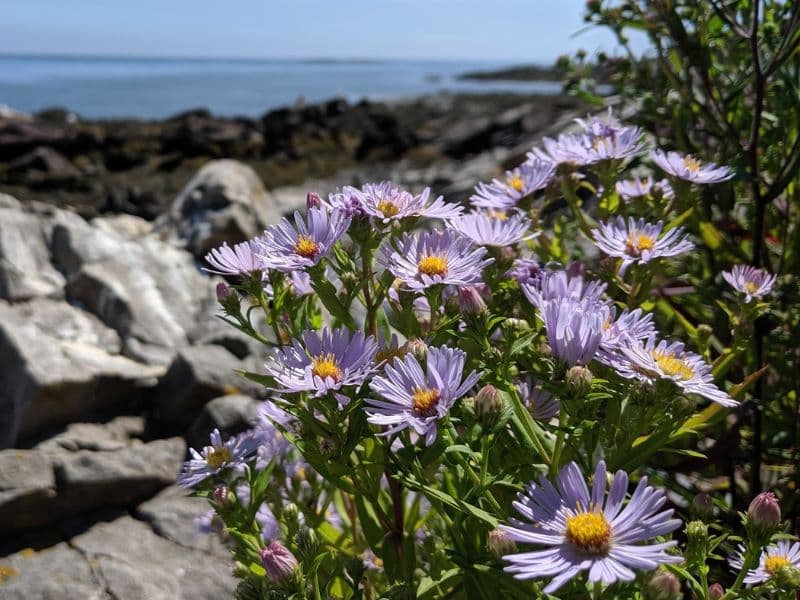
The Latin specific epithet novi-belgii (literally “New Belgium”) refers not to modern Belgium, but the 17th century Dutch colony New Netherland which was established on land currently occupied by New York state (as Belgica Foederata was the Latin term for the United Netherlands at the time).
Symphyotrichum novi-belgii grows in abandoned fields and wet meadows in eastern Canada and the northeastern United States.
II. How to Grow and Care
Sunlight
To get the best blooming performance from your New York asters, select a full sun position where they receive at least six to eight hours of sunlight. They can handle part shade, but they won’t produce as many impressive flowerheads.
Temperature and Humidity
New York asters prefer temperate climates where they won’t be exposed to extreme hot or cold weather. Fortunately, if you experience an unexpected heat wave, these plants might wilt but should recover when temperatures cool again.
These plants thrive in average humidity levels. While higher humidity isn’t a major problem if your New York asters are appropriately spaced, it can increase the chances of fungal diseases occurring if the clumps are overcrowded.
Watering
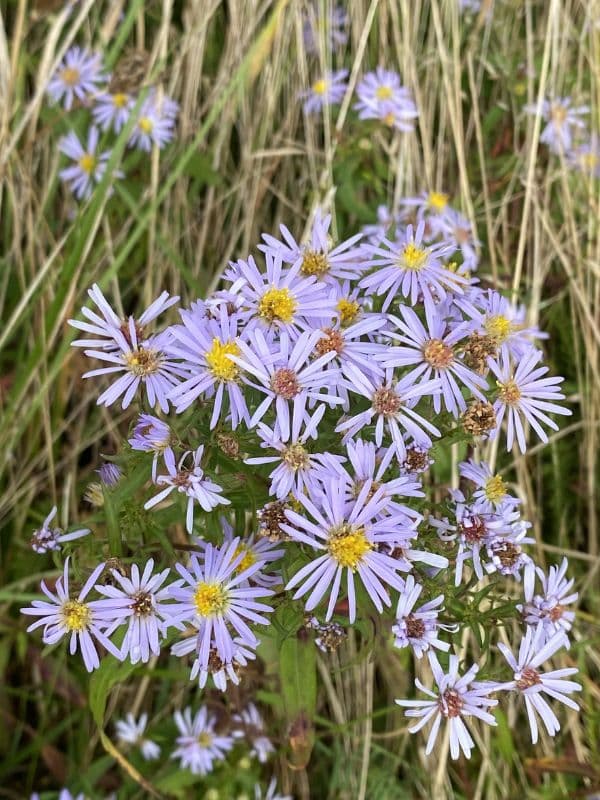
New york aster thrives in moist environments, akin to its origins near water bodies in Eastern North America. It has a moderate drought tolerance but prefers consistent moisture, reflecting its natural habitat’s conditions. Regular watering every week will maintain its vitality. As New York aster is predominantly an outdoor plant that enjoys full sun to partial shade, it benefits from the cooling effect of evapotranspiration during hot seasons, which aids in maintaining adequate soil moisture without becoming waterlogged.
Soil
One of the attractions of New York asters is their adaptability to a wide range of soil conditions, although they do like one that is well-draining.
They can grow in sandy, loamy, and even nutritionally poor clay soils. However, to help them thrive, they do best in fertile, loamy, soil rich in organic matter. This helps promote prolific blooming and taller stems.
Fertilizing
For optimal growth, new york aster thrives with a balanced fertilizer, applied bi-monthly during the growing season. A balanced N-P-K ratio supports robust foliage and vivid blossoms, enhancing vigor and health. Over-fertilization can lead to poor growth; hence, a moderate amount per label instructions is best.
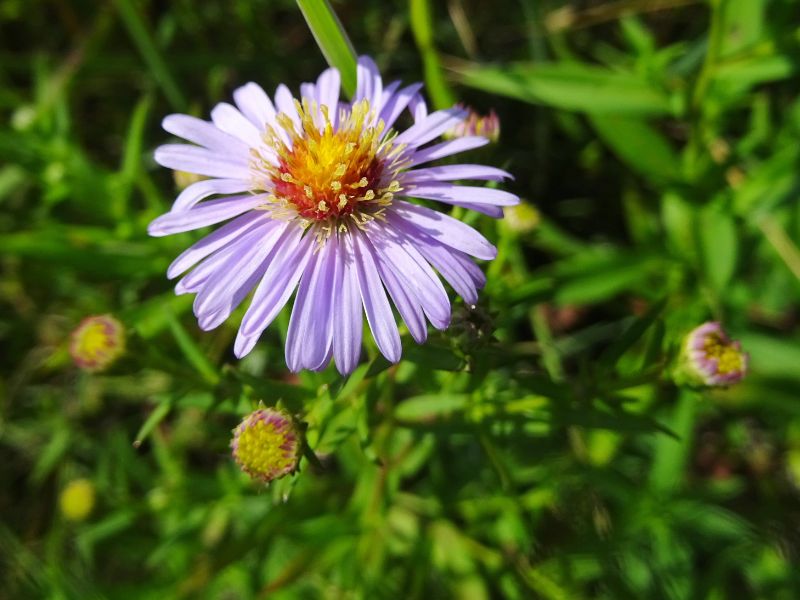
As temperatures drop, reduce feeding to allow new york aster to enter dormancy naturally. Use a slow-release formula to provide consistent nutrition without the risk of root burn, and always water soil before fertilizing to prevent nutrient overload. These fertilization practices ensure new york aster’s vitality and blooming success.
Pruning
New York asters are flowers you can plant and leave, but a little extra attention tidies their appearance, promotes bountiful blooms, and increases their longevity.
Pruning the stems in late spring to around half the original height or 6 inches tall can help produce a bushier, more compact habit and strong stems that are less likely to flop when unstaked.
Deadheading or cutting back immediately after blooms fade helps prevent the self-seeding of these aggressive spreaders.
Propagation
You can easily add more New York asters to your collection by propagation. You can do this through cuttings or from seed. However, because division is recommended every two to three years to promote good air circulation and healthy growth, this is the most popular propagation method.
Follow these steps in the spring to propagate your New York asters by division.
- It’s best to wait until your New York aster plant is three years old and has a robust root system.
- Divide the clump into two parts with a sharp shovel.
- Replant the sections, providing the same type of conditions.
- Amend the soil with compost or bone meal.
- Keep the soil evenly moist until the divisions are well established.
Repotting
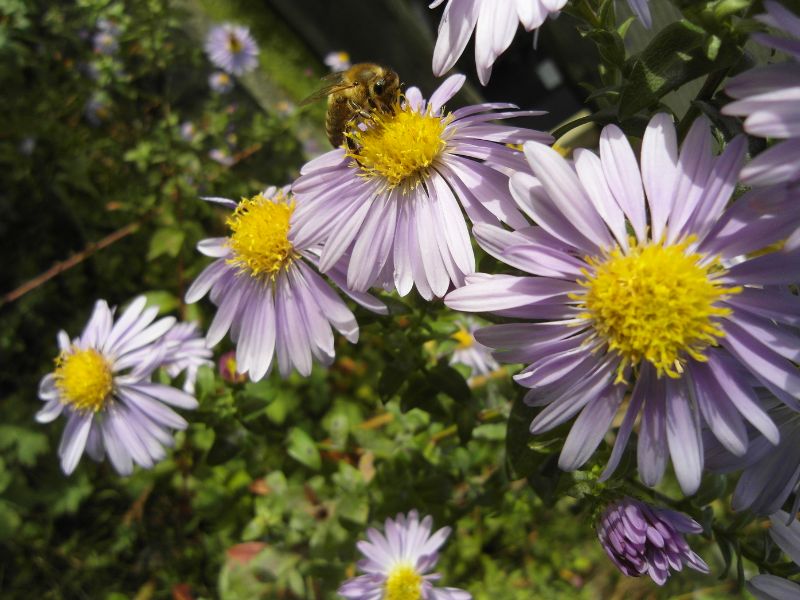
Repot new york aster every 2-3 years in early spring to support its perennial growth as a mounding bush. Choose a pot 1 size larger for its fibrous roots. Afterward, water thoroughly and place in indirect light for recovery. Ensure good drainage and avoid waterlogging for this hardy species. For lush blooms, use a loamy, well-draining substrate.
Pests and Diseases
Common Plant Diseases
The biggest problems for New York asters are often created because of poor air circulation. As these clump-forming plants begin to get overcrowded, they can suffer from the fungal disease powdery mildew, particularly in the summer months.
Thinning out clumps by dividing every two to three years, positioning in a sunny spot, and carefully irrigating at the plant base can all help prevent powdery mildew.
If you catch it early enough, it’s not too difficult to treat powdery mildew. Remove any small affected parts of the plant and treat affected areas with an organic fungicide or neem oil.
Verticillium wilt can also be a problem, and, usually, it’s best to remove affected plants and their roots to prevent spread.
Common Problems
If you want to keep your New York asters looking their best, watch out for these early warning signs that you’re getting something wrong with their care.
Flopping Stems
Division of New York asters every few years is important to retain healthy plants. If you spot flopping stems, it could be because they are overcrowded or because you are overwatering.
However, sometimes, tall cultivars experience flopping stems no matter how healthy they are, and staking is necessary.
Leaves Turning Yellow
Yellowing leaves on your New York aster can indicate various problems. Most commonly, it relates to a light or watering issue.
If your plant gets too much water, it can suffer from root rot. Alongside yellow, wilting leaves, you might see a sunken and brown crown and flopping stems.
If your plant has been left without water for too long, especially when conditions are very hot, sunny, and dry, this can also turn the leaves yellow. They might also be scorched, curling, and brittle.
Brown Leaves
Powdery mildew, a common problem with overcrowded New York asters, can result in brown, shriveling foliage. Remove infected leaves, treat them with a fungicide, and divide them to deal with poor air circulation caused by overcrowding.
III. Uses and Benefits
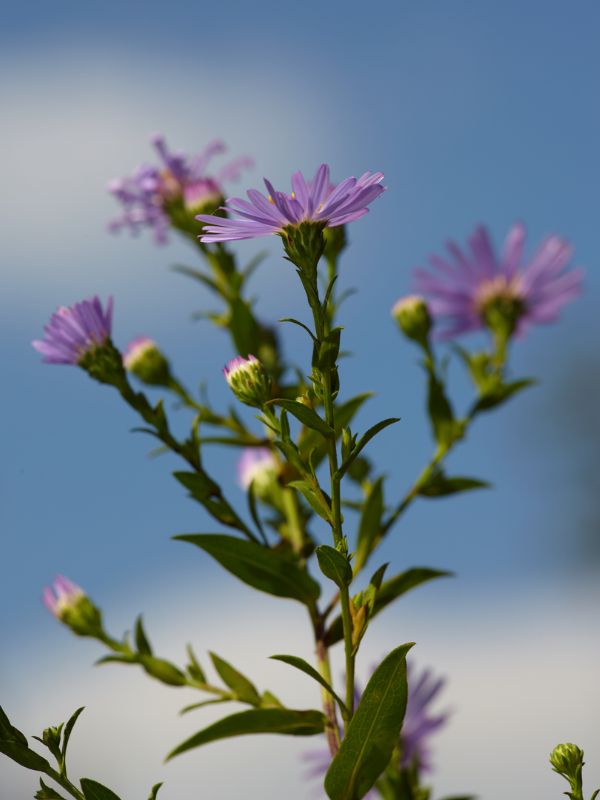
New york aster is a common, low-maintenance plant used in gardens and outdoor spaces to attract wildlife such as butterflies, moths, and bees. Its flowers are pink to purple in color, and can tolerate many soil types and conditions so long as there is adequate drainage available.
IV. Types of New York Asters
New York asters are popular plants with many cultivars to choose from. Some popular varieties include:
- Symphyotrichum novi-belgii ‘Coombe Violet’: The deep violet, semi-double flowers on this cultivar stand out from the crowd. This tall cultivar can reach up to 4 feet tall, so it might need staking.
- Symphyotrichum novi-belgii ‘Fellowship’: Featuring pretty pale pink double flowers. Another tall cultivar, be ready to provide the stems with some support to stop sagging.
- Symphyotrichum novi-belgii ‘Ruby Red’: The striking mulberry red semi-double flowers are more compact. Reaching up to 2 feet tall, they are ideal eye-catching additions for cottage garden borders.
Find Where to Buy the Best New York Aster (Symphyotrichum novi-belgii)






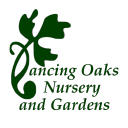









Leave a Reply